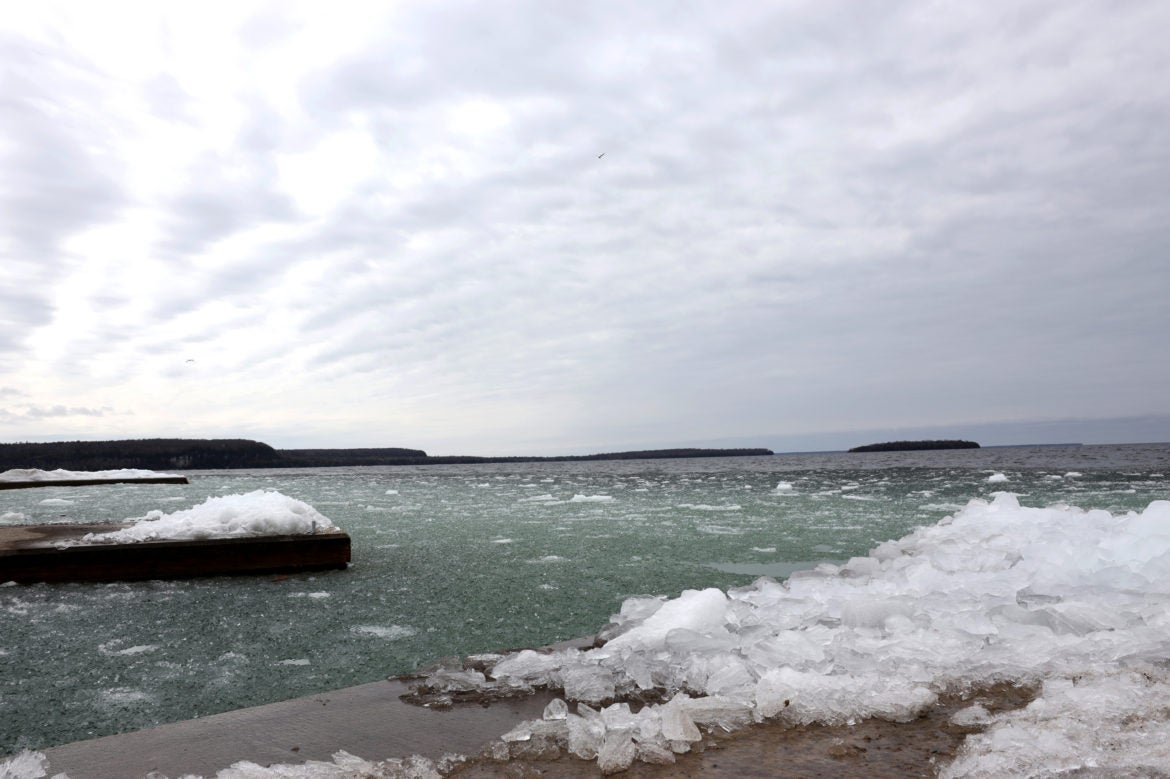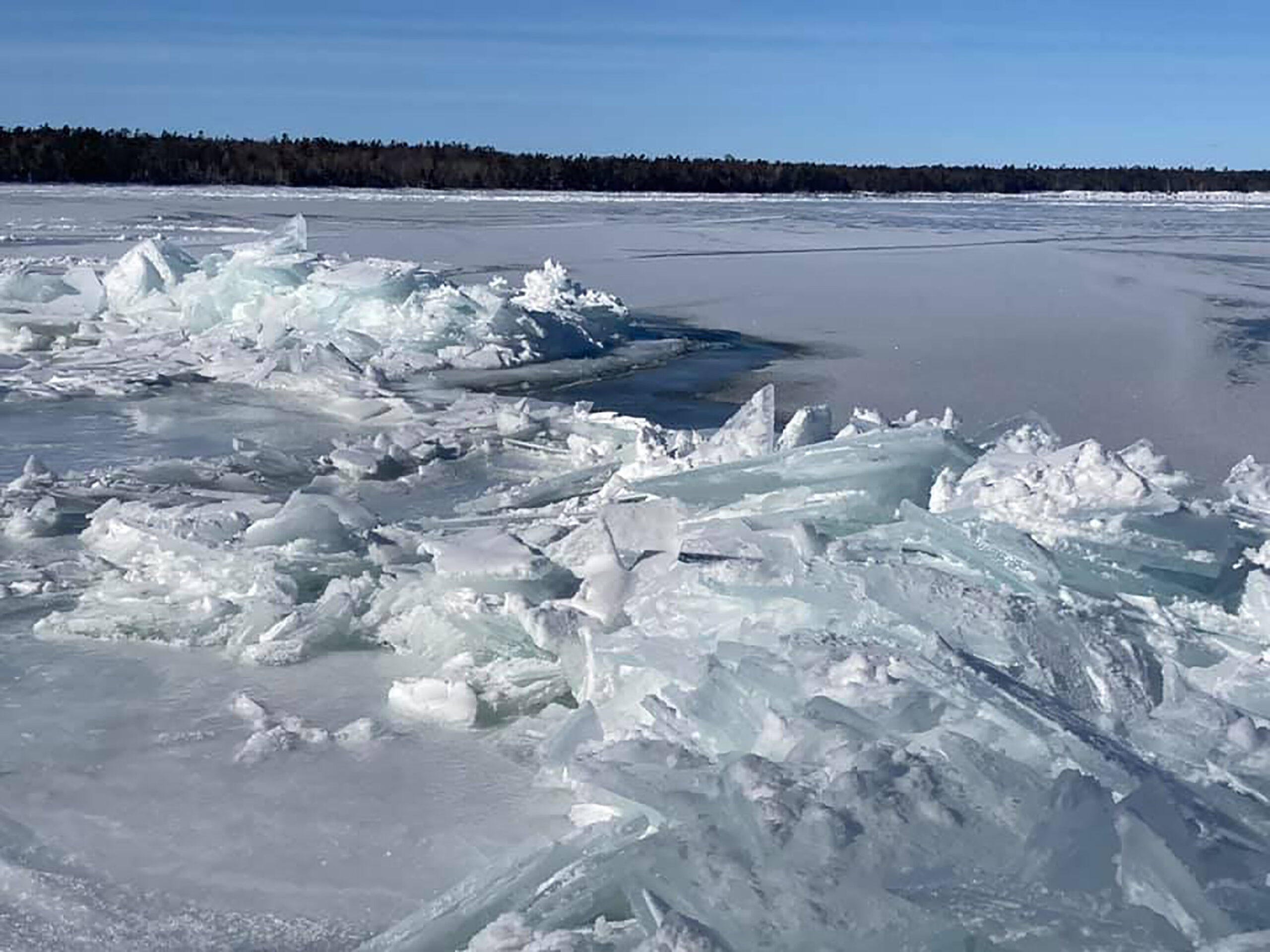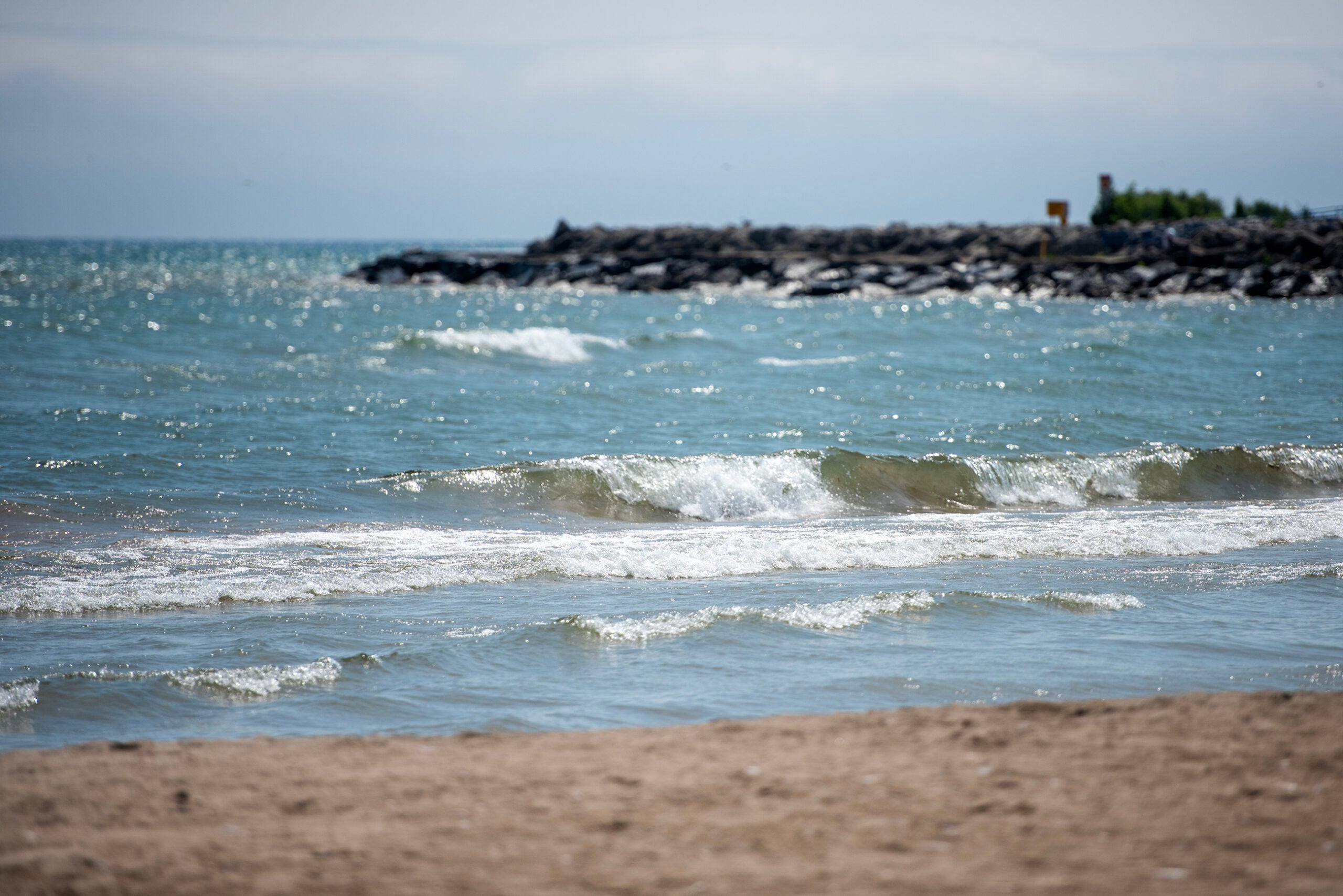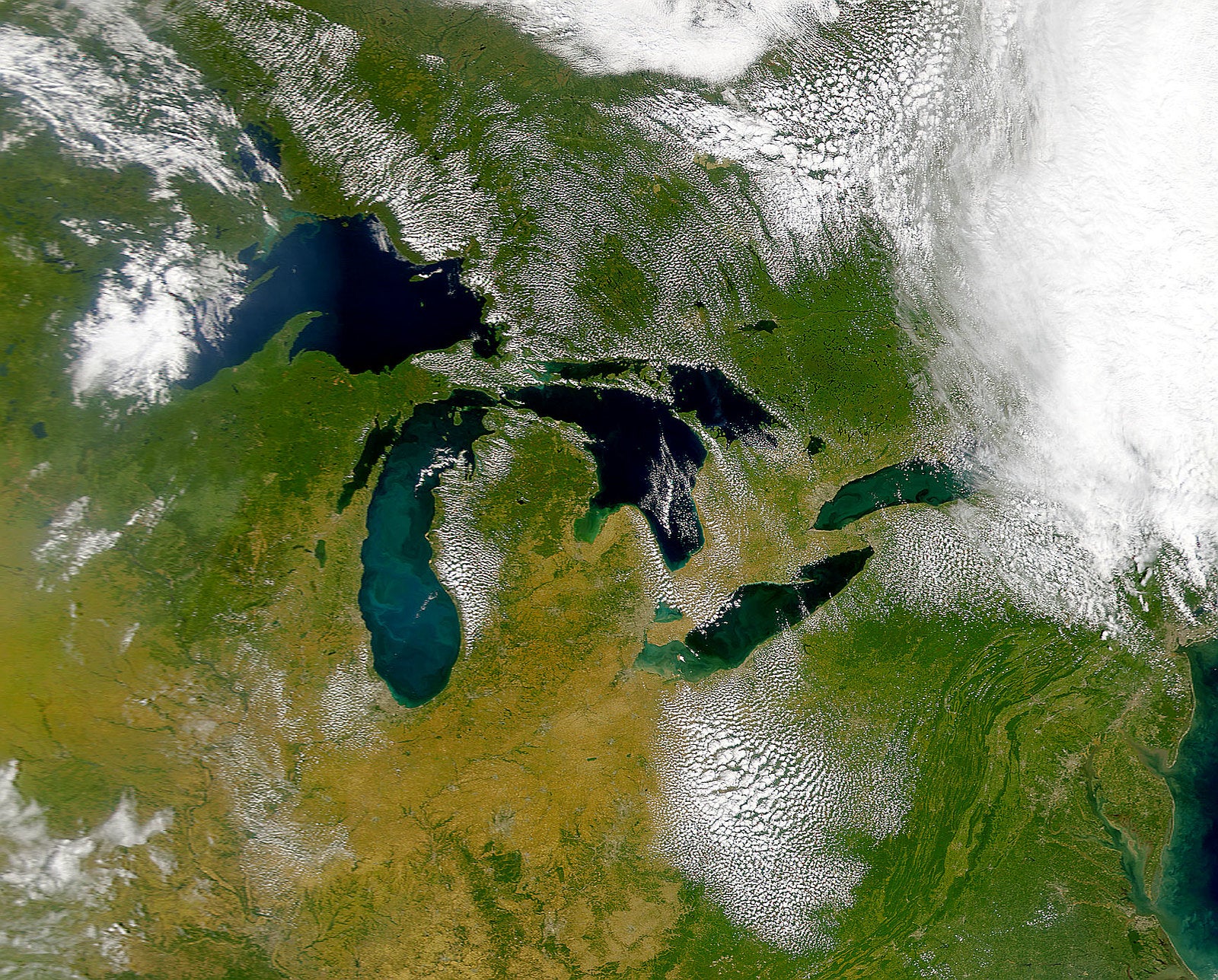Winter is just around the corner, but experts say the Great Lakes haven’t gotten the message.
The Chicago Tribune reported that summer and fall evenings failed to cool down sufficiently. So Great Lakes surface temperatures are trending above average.
It’s an example of climate change. Record- or near-record warm spells in Minnesota, Wisconsin, New York and Illinois set up a domino effect.
News with a little more humanity
WPR’s “Wisconsin Today” newsletter keeps you connected to the state you love without feeling overwhelmed. No paywall. No agenda. No corporate filter.
Warmer lake temperatures can produce more lake effect snow.
Snow diminishes with the onset of ice, which itself is delayed. Ice helps deter shoreline erosion. And warmer water temperatures year-round can invite invasive species or harmful algae blooms, even in water as deep at the Great Lakes’.
© Copyright 2026 by The Associated Press. All rights reserved. This material may not be published, broadcast, rewritten or redistributed.



